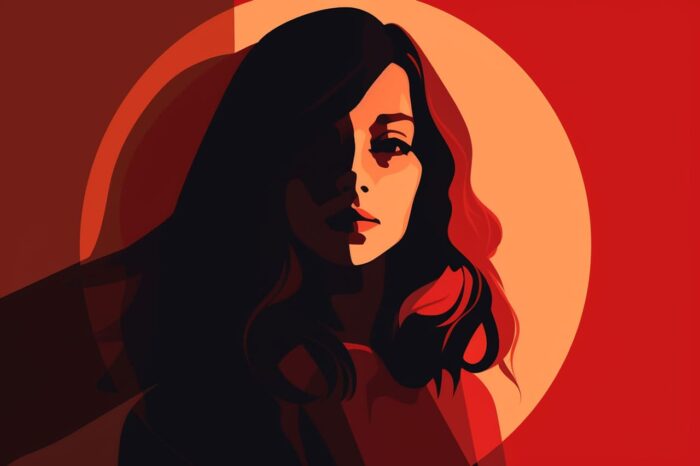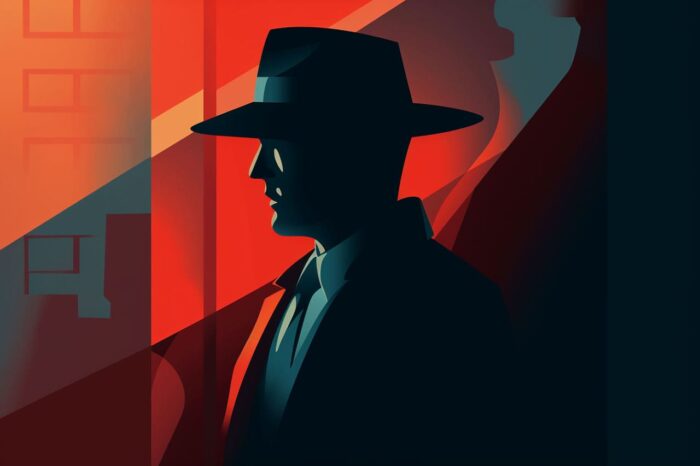When it comes to creating a truly stunning piece of artwork, mastering the art of shadows and highlights is key. This powerful duo is essential for crafting dimension and texture in any drawing, whether you’re a beginner or a seasoned artist. In this article, we’ll uncover the ins and outs of shadows and highlights, and how you can use them to take your drawings to the next level.
Adding Depth with Shadows
Shadows play a pivotal role in adding texture and depth to your drawings. When used judiciously, shadows can add visual interest to any piece of art. To achieve this effect, start by sketching out your drawing and then use a pencil or other drawing implement to add subtle shadows to the edges and contours of the subject. Pay attention to the natural shadows that occur when light hits an object and try to replicate that in your drawing.
The type of shadows you draw will depend on the light source in the drawing. If you’re using a single light source, such as natural sunlight or a lamp, your shadows will be mostly linear. This means the shadows will be longer and point in the same direction. However, if you’re using multiple light sources, such as a window and a lamp, your shadows will be softer and more diffuse. You’ll also want to pay attention to the intensity of the shadows. If you want to create a dramatic effect, use darker, more intense shadows. If you’re going for a softer, more subtle effect, use lighter, softer shadows.
When it comes to shadows, it’s important to remember that less is more. Too many shadows can lead to a cluttered and overwhelming look, so try to keep your shadows subtle and use them sparingly. Once you’ve added shadows to your drawing, be sure to step back and assess the overall effect. This will help you decide if you need to add more shadows or if you should tone them down.

Brightening with Highlights
Just as shadows add texture and depth to a drawing, highlights also play an important role in creating a lifelike piece of art. Highlights help to bring your drawings to life by adding a sense of realism and dimension. To achieve this effect, start by sketching out your drawing and then use a pencil or other drawing implement to add subtle highlights to the edges and contours of the subject. Pay attention to the natural highlights that occur when light hits an object and try to replicate that in your drawing.
Similar to shadows, the type of highlights you draw will depend on the light source in the drawing. If you’re using a single light source, the highlights will be linear and will point in the same direction as the light source. However, if you’re using multiple light sources, the highlights will be softer and more diffuse. You’ll also want to pay attention to the intensity of the highlights. If you want to create a dramatic effect, use brighter and more intense highlights. If you’re after a softer, more subtle effect, use lighter and softer highlights.
When it comes to highlights, it’s important to remember that too much of a good thing can have a negative effect. Too many highlights can lead to a flat and uninteresting look, so try to keep your highlights subtle and use them sparingly. Once you’ve added highlights to your drawing, be sure to step back and assess the overall effect. This will help you decide if you need to add more highlights or if you should tone them down.

Mastering the Art of Contrast with Shadows and Highlights
The key to creating a truly stunning piece of artwork is mastering the art of contrast. By carefully balancing the shadows and highlights in your drawing, you can create a sense of depth and texture that will take your drawings to the next level. To master this technique, start by sketching out your drawing and then use a pencil or other drawing implement to add both shadows and highlights to the edges and contours of the subject. Pay attention to the natural shadows and highlights that occur when light hits an object and try to replicate that in your drawing.
When it comes to creating contrast, the key is balance. Too much of one and not enough of the other can lead to a flat and uninteresting look, so be sure to find the right balance between shadows and highlights. As you’re adding shadows and highlights to your drawing, be sure to step back and assess the overall effect. This will help you decide if you need to add more shadows or highlights or if you should tone them down.
Making Your Drawings Pop
By mastering the art of shadows and highlights, you can take your drawings to the next level and make them truly pop. Whether you’re a beginner or a seasoned artist, understanding how to use this powerful duo is essential for crafting a stunning piece of artwork. So the next time you’re creating a drawing, remember to take the time to study the natural shadows and highlights that occur when light hits an object and use this knowledge to add texture and depth to your drawings.
With a bit of practice, you’ll be able to create amazing artwork that will truly stand out. So don’t be afraid to experiment and have fun as you explore the world of shadows and highlights!